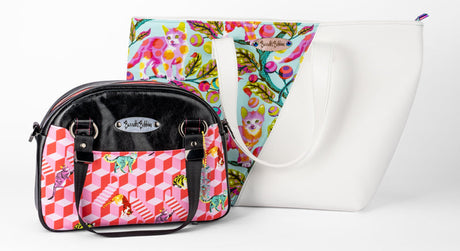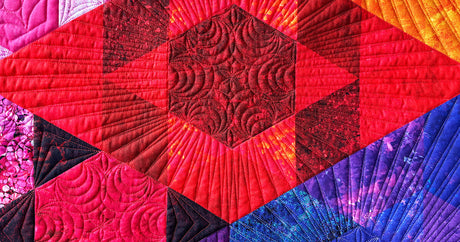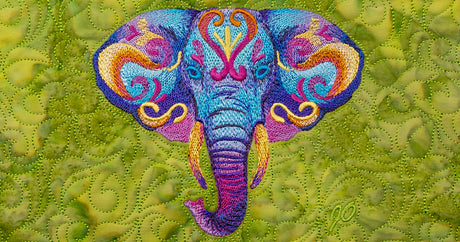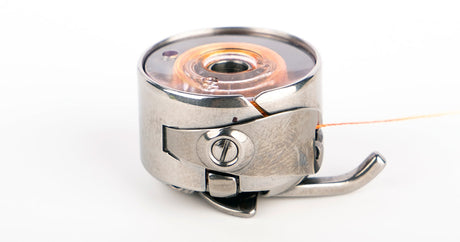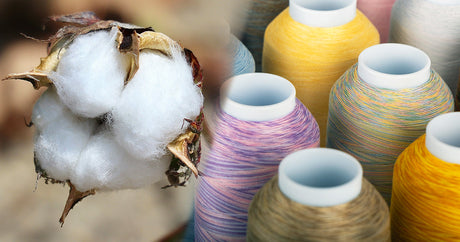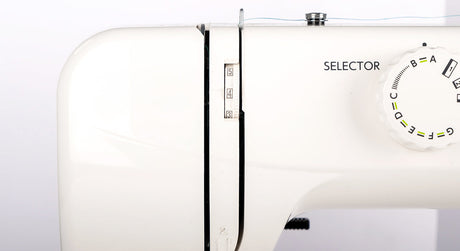The Thread-Choosing Conundrum
If you've ever stood in a quilt shop aisle or triple-checked your cart online, staring at a dozen different thread names like Majestic, Dream Seam, Perfection, or Precision, you're not alone. Even longtime quilters have told us, "I didn't realize you had so many threads, and I wasn't sure where to start!"
At YLI Threads, we've spent decades making premium-quality threads for quilters, sewists, and embroiderers. But we also realized something important: when there's too much choice and not enough guidance, even the most experienced quilter can feel a little lost.
A Visual Shortcut to Smart Thread Pairing
We created a handy Thread Application Guide to serve as an easy-to-navigate visual reference to help you match the right thread with your intended application or technique. Whether you're piecing the blocks of a queen-size quilt, quilting feathers on your longarm machine, appliquéing by hand, or enhancing a jacket with high-sheen embroidery thread, this chart walks you through which thread lines to consider.
We grouped our threads based on the primary application or technique, then listed the appropriate thread lines (thread collections). This gives you a head start in browsing for the best thread. For example:
- Piecing: Fine, strong threads like Dream Seam and Perfection help seams lay flat and precise, whether you're chain piecing or stitching together a quilt by numbers.
- Bold Machine Quilting: Threads like Majestic, QuiltMaker, or Variations give you high visibility with color movement and texture.
- Subtle Machine Quilting: Try Perfection for low-lint, even stitches that let your quilt design shine.
- Hand Quilting: Our glazed cotton thread glides through fabric layers with minimal drag and beautiful tension.
- Appliqué and Detail Work: For nearly invisible stitching, nothing beats Silk #100 or Invisible Thread.
These recommendations come from testing, education, and feedback from thousands of real-world quilters just like you.
The Right Thread Isn't Just About Looks
When you use the right thread, your machine runs smoother, your seams stay crisp, and your final project looks and feels polished. The opposite—using a bulky or linty thread in the wrong application—can lead to skipped stitches, tension problems, and extra cleaning time. Nobody wants that. By understanding the strengths of each YLI Threads line, you can spend more time creating and less time troubleshooting.
We encourage you to print the guide, pin it next to your thread stash, or bring it to your next guild meeting. It's also perfect for helping newer quilters choose the right thread without overwhelm. You can download it directly from our site and revisit it anytime. Consider it your "cheat sheet" for getting the most out of your thread collection and your creativity.
The right thread does more than hold fabric together. It elevates your stitches, supports your design choices, and brings your vision to life. We hope this new guide makes your next project even more joyful and stress-free. Whether you're piecing your 100th quilt or just getting back into sewing after a break, we're here to help you find the thread that works for you.
You'll Love It.



